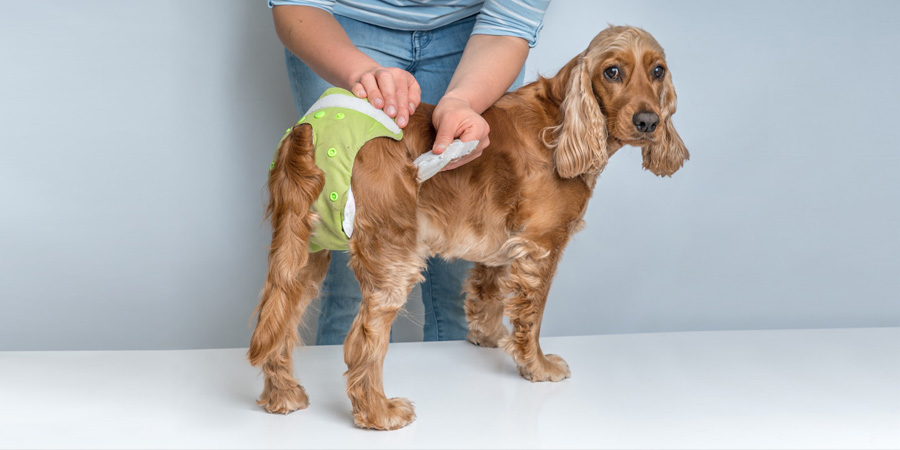Yes, incontinence in animals can often be treated, depending on the underlying cause. Treatment options vary based on the animal’s species, age, overall health, and the specific reason for the incontinence. Here are some common approaches:
Medication: Many cases of incontinence can be managed with medications. For example, dogs with hormone-responsive incontinence may benefit from medications like DES (diethylstilbestrol) or PPA (phenylpropanolamine). Cats might be treated with medications such as phenylpropanolamine or other specific drugs depending on the cause.
Surgical Intervention: In some cases, surgery might be necessary. This can be the case with conditions such as bladder or urethral abnormalities, where surgical correction can alleviate the incontinence.
Diet and Nutrition: Adjustments in diet can sometimes help, particularly if the incontinence is related to urinary tract infections or other diet-sensitive conditions. A veterinarian might recommend a special diet or supplements.
Behavioral Modifications: For certain types of incontinence, especially incontinence related to behavioral issues or stress, changes in environment or routine might help.
Management and Support: For chronic conditions, managing the environment to accommodate the animal’s needs—such as using dog diapers or specially designed bedding—can help maintain quality of life.
Underlying Conditions: Treating or managing any underlying conditions (like diabetes, urinary tract infections, or neurological issues) is crucial. Addressing the root cause can often resolve or reduce incontinence symptoms.
It’s important to consult with a veterinarian to determine the exact cause of incontinence and to develop an appropriate treatment plan tailored to the specific needs of the animal.

